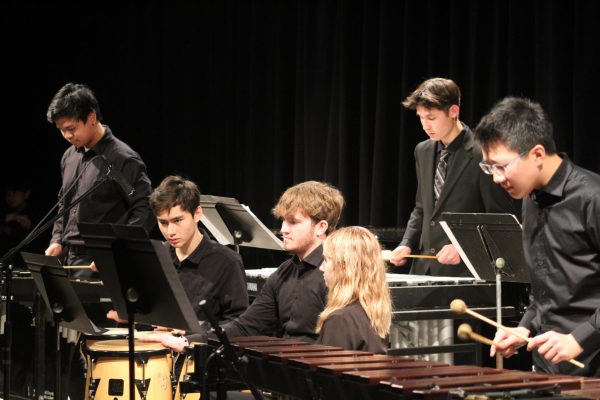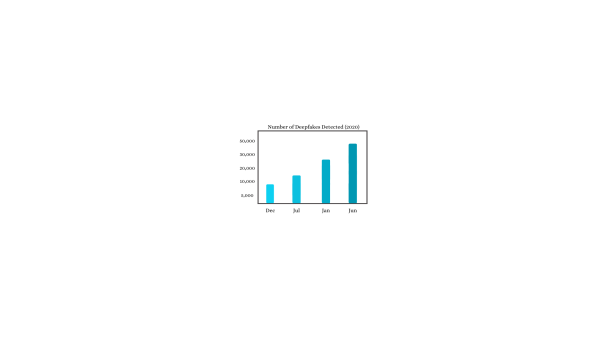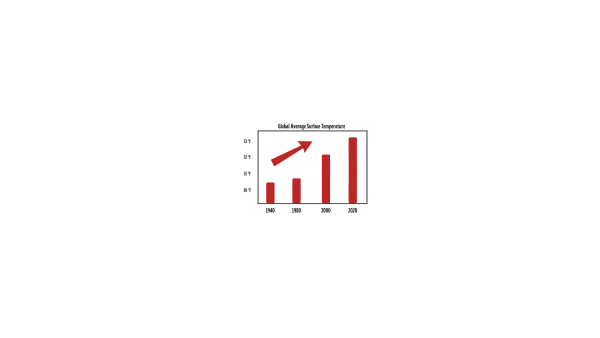What Happened to Armenians 108 Years Ago?
Beginning in the spring of 1915 and ending in 1923, an immense number of Armenians living in modern-day Turkey were murdered or driven from their homes by the Ottoman government.
An estimated 600,000 Armenians died, but the exact number of deaths is unknown—some sources say as many as 1.5 million people were killed.
“It started when the rulers removed several people from the capital into a forced deportation and then added more and more into the death marches,” history teacher Anna Driver said.
“[It was] part of the Young Turk movement where there was forced assimilation into Turkish culture.”
The killings were violent, sudden and tragic.
According to a CNN article by Kevin Liptak, Armenians “are reported to have died in mass burnings and by drowning, torture, gas, poison, disease and starvation. Children were reported to have been loaded into boats, taken out to sea and thrown overboard.”
This April marks the 108th anniversary of the genocide, but it’s a largely unknown event.
The Turkish government has long denied accusations and Western governments have been hesitant to admit the murders as a genocide.
But two years ago, the US government decided to acknowledge the massacre despite the possible strain on the relationship between the US and Turkey.
This was a major win for the Armenian people; the Armenian president tweeted that it was “an important day for all Armenians.”
The US was late to acknowledge the genocide—31 other countries and the UN recognized it before the United States did officially.
“It was defined as a genocide by the United Nations in 1948 during a Genocide Convention,” Driver said. “[At the convention,] they defined what made a genocide and how to punish those responsible for genocide [to] stop them from happening in the future.”
Armenians are still largely affected by what happened today.
Many survivors were forced to convert from Christianity to Islam and were driven from their original homeland. Modern-day Armenia is much smaller than the ancient kingdom, which at its height in 95 C.E. to 66 C.E. stretched throughout modern-day Turkey to northern modern-day Iran.
Additionally, there has been a large diaspora over the globe: an estimated eight million Armenians live outside of the country.
California is especially populated with Armenians, and in Glendale, Los Angeles, Armenians make up around 40% of the population.
Despite the large population nearby, there is little recognition in the PVHS school curriculum and curriculum worldwide.
“One of the reasons why we don’t talk about [the genocide] is that we don’t have the records of the people and who has died and how many. A lot of the time we see [Armenian deaths] as war deaths versus persecution of people in [the Ottoman] empire,” Driver said.
“We don’t have enough background information to cover it as much as we should.”








